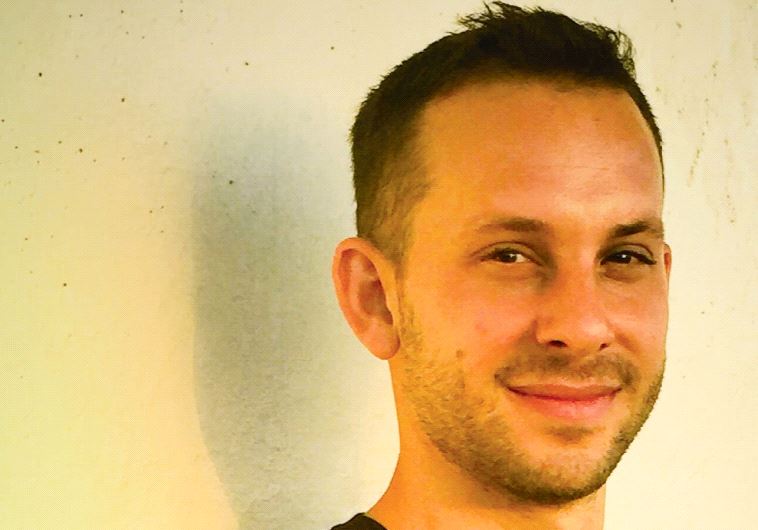Is the Israeli educational system failing haredi students?
Tens of thousands of men, educated in the haredi (ultra-Orthodox) system, are not taught English or math past the fourth-grade level.
 Haim Rubinstein, spokesman for the organization Out for Change
Haim Rubinstein, spokesman for the organization Out for Change